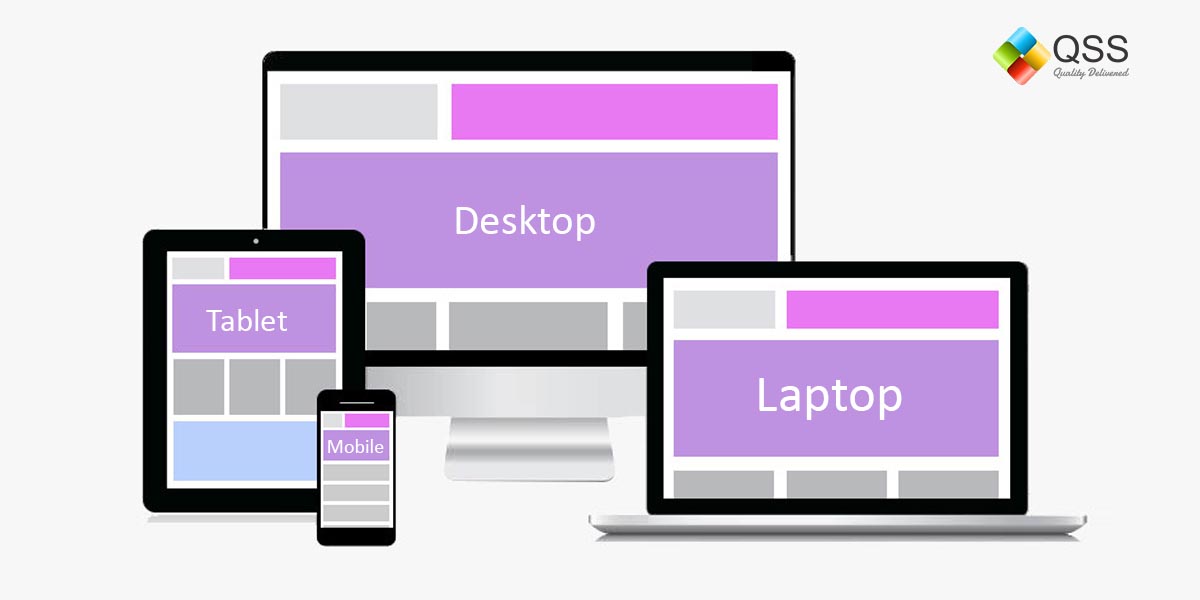CG Insights
Explore the latest trends and insights in technology and culture.
Responsive Web Design: Where Flexibility Meets Creativity
Unlock the secrets of responsive web design! Discover how flexibility fuels creativity and transforms user experiences. Click to learn more!
The Essentials of Responsive Web Design: Key Principles Explained
Responsive web design is a crucial approach to web development that ensures your site looks great and functions well across a variety of devices, including desktops, tablets, and smartphones. The key principles of responsive web design include fluid grids, flexible images, and media queries. A fluid grid uses relative sizing to define the layout, allowing elements to resize proportionally as the screen size changes. For more detailed insights on how fluid grids work, you can refer to Smashing Magazine.
Incorporating flexible images also plays a vital role in responsive web design. Images should resize within their containing elements to avoid overflow and distortion. Using CSS properties like max-width: 100%; can help make sure that images scale down with the screen size. Additionally, employing media queries is essential to create breakpoints where the layout adapts to different screen dimensions. For further information on media queries, check out CSS-Tricks.

Best Practices for Creating Visually Stunning Responsive Websites
Creating visually stunning responsive websites requires a thoughtful approach that combines effective design principles with the latest technology. Responsive web design ensures that your site adapts seamlessly to different screen sizes, enhancing user experience across devices. To achieve this, start with a mobile-first approach, designing your website layout for smaller screens first before expanding to larger formats. Additionally, prioritize flexible grids and media queries, which allow for fluid layouts that reflow content to fit various resolutions.
Visually stunning websites also prioritize high-quality images and typography. Use scalable vector graphics (SVGs) for logos and icons to maintain clarity on any device. Furthermore, opt for a cohesive color palette and typography that reflects your brand identity. Effective use of white space enhances readability and draws attention to key elements. Incorporate call-to-action buttons prominently, making them visually appealing while ensuring they are easy to tap on mobile screens. Finally, don't forget to test your site thoroughly across multiple devices and browsers to ensure a consistent experience for all users.
How Does Responsive Web Design Enhance User Experience?
Responsive web design (RWD) is an essential approach that enhances user experience by ensuring that websites adapt seamlessly to various screen sizes and devices. This adaptability is crucial in today’s digital landscape, where users access the internet from smartphones, tablets, and desktops. According to Smashing Magazine, RWD enables a single website to serve multiple purposes, eliminating the need for separate mobile sites.
Furthermore, a well-implemented responsive web design can significantly improve loading times and overall performance, which is vital for user retention. Fast-loading sites lead to lower bounce rates, as highlighted by 'Google's research. This means users are more likely to stay engaged and explore the content, leading to a more satisfying browsing experience. Ultimately, the synergy between responsive design and user experience is a key factor in boosting site visibility and improving search rankings.